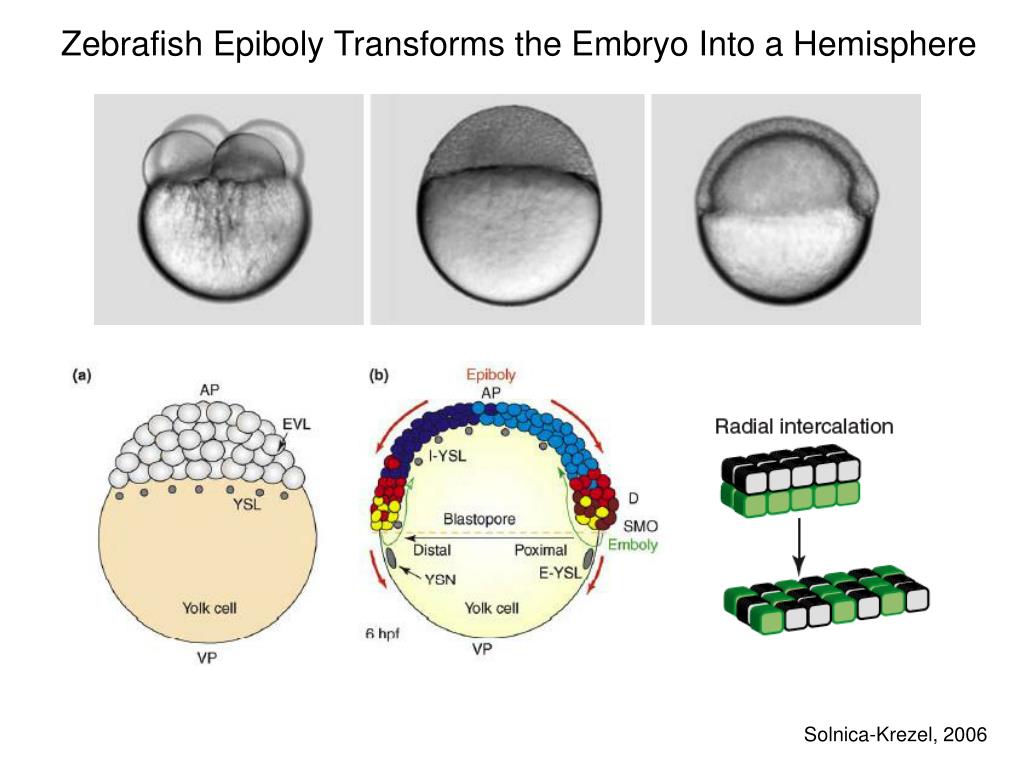
The epiblast constitutes the roof of blastula. The presumptive organ forming cells (i.e., notochordal, mesodermal, epidermal, etc.), form the epiblast. The blastula of Amphioxus contains the potential endodermal cells at the vegetal pole, i.e., hypoblast which forms the floor of the blastula. It was, therefore, felt necessary to understand the whole process for a meaningful comprehension of individual event. Recent observations have established that it is essentially a phenomenon of integration. The above terms are coined for the convenience of analysing the events in gastrulation. The cells from two sides migrate anteriorly along one axis, but in convergence the cells from two sides unite together and then move anteriorly. It means the increase in the number of cells during gastrulation. The elongation of presumptive areas after they have moved inside the embryo is called the extension. This is a process of separation of a group of cells from others to form discrete cellular masses. (i) Visible differences in the cytoplasmic particles were used as natural marker, The vital dye technique of Vogt resulted into the application of several other methods: Vogt used vital dyes (Janus green and Neutral red) to mark the cells in an early gastrula and noted that cells during gastrulation actually migrate from one place to the other. The correct observation of incidences during gastrulation was started from the findings of W.

It is undeniable that this process is controlled largely by intrinsic factors which are correlated with the external as well as internal conditions. Number of factors are believed to be responsible for this coordination, but it has not been possible to pin point the final answer. All these mechanisms are carried in a nicely co-ordinated and integrated way. The process of gastrulation involves following three cellular activities, cell-movement, cell-contact and cell-division. (iii) The beginning of the control of genetic factors over development. (ii) The establishment of nuclear differentiation and


 0 kommentar(er)
0 kommentar(er)
